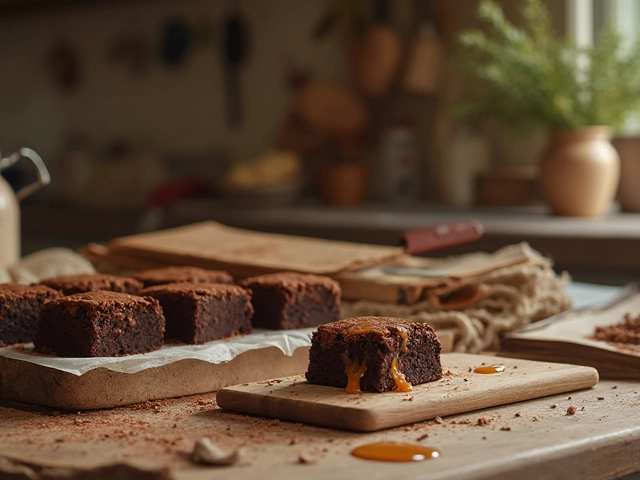Macaron Troubleshooting: Simple Fixes for Flawless French Cookies
Macarons can feel like a magic trick gone wrong when the shells crack, the feet are missing, or the centers are hollow. The good news? Most of these mishaps have easy fixes. In this guide we’ll walk through the typical problems and give you clear steps to rescue or prevent them, so you can bake with confidence.
Common Macaron Problems
First, let’s name the culprits. A cracked shell usually means the oven temperature is too high or the batter was over‑mixed. Hollow centers happen when the shells set too fast on the outside, leaving a raw interior. Uneven or missing feet are a sign that the batter didn’t rest long enough before baking. Sticking together? That’s excess moisture or under‑baked shells. Finally, color streaks often come from uneven mixing or a too‑hot oven.
Quick Fixes and Prevention
Here’s a cheat‑sheet you can keep in the kitchen. Temperature control: Use an oven thermometer and set it 10‑15°C lower than the recipe calls for if cracks appear. Mixing technique: When you fold the meringue into the almond flour, stop as soon as the batter flows like lava – too much mixing makes it too runny, too little makes it too stiff.
Rest time is crucial. Let piped shells sit on a parchment‑lined tray for 30‑60 minutes (or until a skin forms). This step creates the “feet” and reduces sticking. If you’re in a humid kitchen, extend the rest by 10‑15 minutes.
For hollow shells, lower the oven temperature by 10‑20°C and add an extra minute of baking time. Test one shell first – you’ll see the edges set while the center stays slightly soft. Once you nail the temperature, the rest will follow.
If shells stick together, let them cool completely before removing them from the tray. You can also line the tray with silicone mats; they release the shells more gently than parchment.
Color issues? Switch to a single bowl for dry ingredients, sift twice, and use a low‑speed hand‑mix for the almond flour and powdered sugar. This creates a uniform base that spreads evenly.
When you’re stuck, don’t throw the batch away. Turn cracked shells into layered desserts, crumble hollow ones into mousse, or melt smooth shells into a glossy glaze. The goal is to keep the flavor, not waste effort.
Finally, keep a simple log: note oven temperature, mixing time, rest duration, and humidity level. Over time you’ll spot patterns and fine‑tune your process. Macaron troubleshooting becomes routine once you have a reference.
With these tips you’ll move from “why do they always fail?” to “wow, I just nailed a perfect tower of macarons!” Ready to bake your next batch? Grab your mixer, pre‑heat the oven, and give these troubleshooting steps a try.






